Previous Day - Next Day
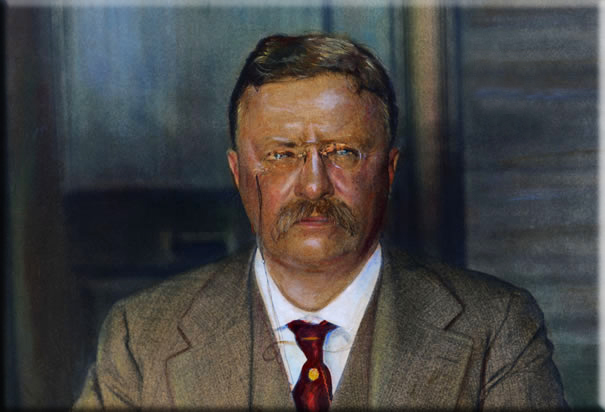
“It is not the critic who counts, not the man who points out how the strong man stumbled, or where the doer of deeds could have done better. The credit belongs to the man who is actually in the arena; whose face is marred by the dust and sweat and blood; who strives valiantly; who errs and comes short again and again; who knows the great enthusiasms, the great devotions and spends himself in a worthy cause; who at the best, knows in the end the triumph of high achievement, and who, at worst, if he fails, at least fails while daring greatly; so that his place shall never be with those cold and timid souls who know neither victory or defeat.”
~ Theodore Roosevelt
Wikiquote (Theodore Roosevelt (sometimes called "Teddy", October 27, 1858 – January 6, 1919) the 26th President of the United States (1901 – 1909). He is noted for his exuberant personality, range of interests and achievements, and his leadership of the Progressive Movement, as well as his "cowboy" persona and robust masculinity.)

October 27th, 312
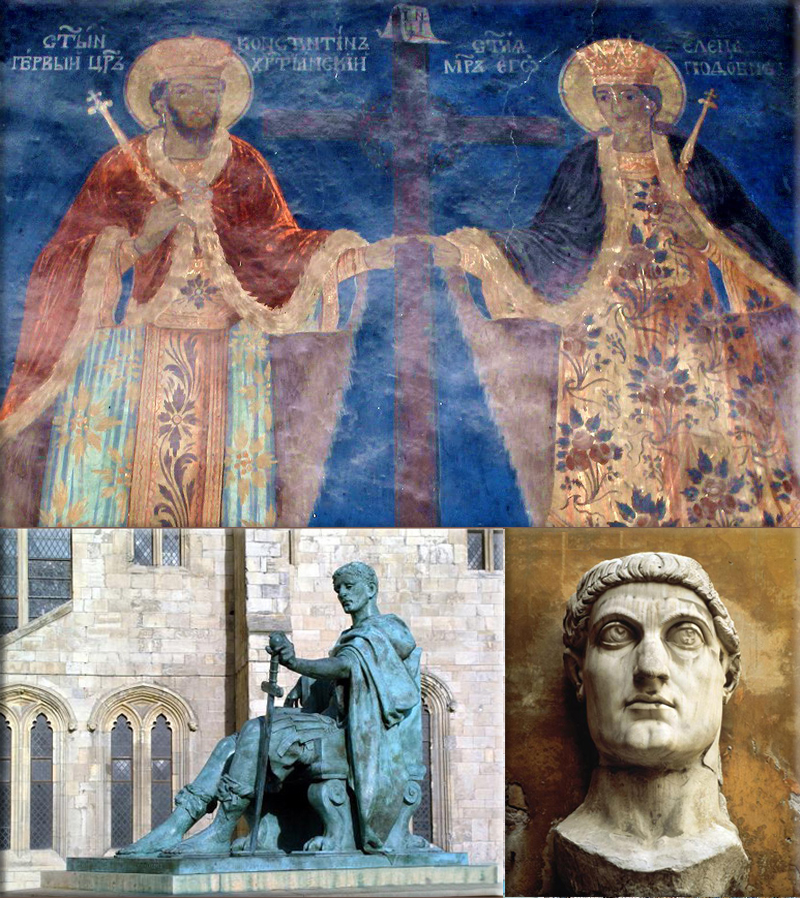
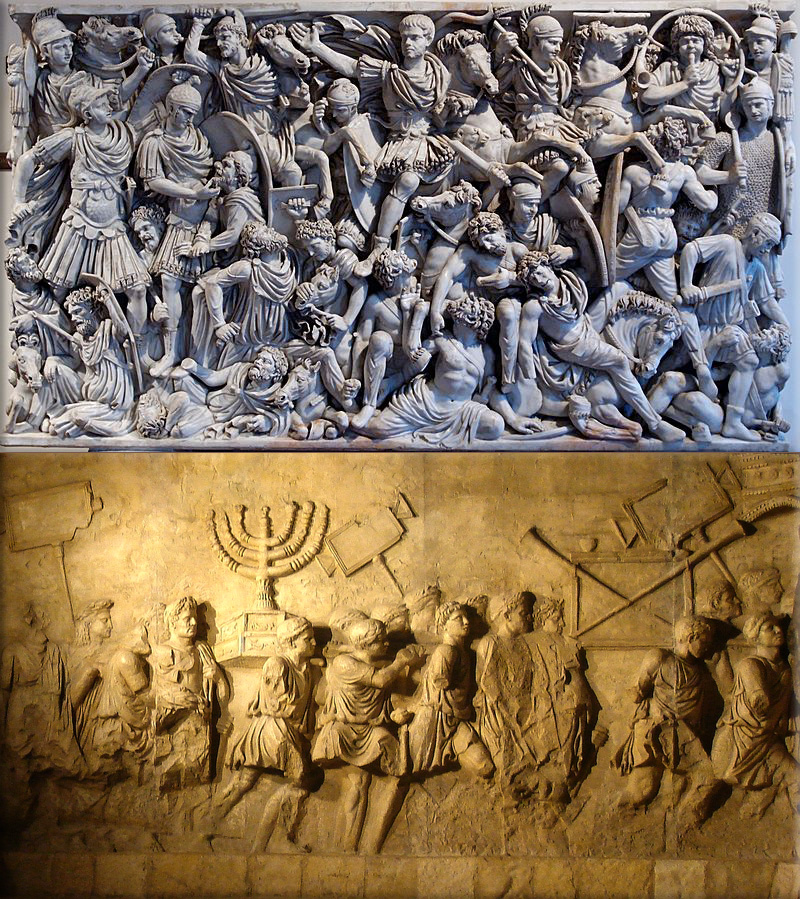
Roman Empire:
312 - Constantine the Great decisively defeats Licinius in the Battle of Chrysopolis, establishing Constantine's sole control over the Roman Empire.
710 - Saracen invasion of Sardinia.
Wikipedia Image: Fresco from Monastery of St. Jovan, above the village Gornji Matejevac near Nis. depicting St. Constantine the Great and his wife, holding the cross; Bronze statue of Constantine I in York, England, near the spot where he was proclaimed Augustus in 306; Constantine the Great, mosaic in Hagia Sophia, 1000.
October 27th, 939

Edmund I succeeds Æthelstan as King of England.
Wikipedia Image: Edmund I (Old English: Ēadmund; 922 – 26 May 946), called the Elder, the Deed-doer, the Just, or the Magnificent, was King of England from 939 until his death.
October 27th, 1275
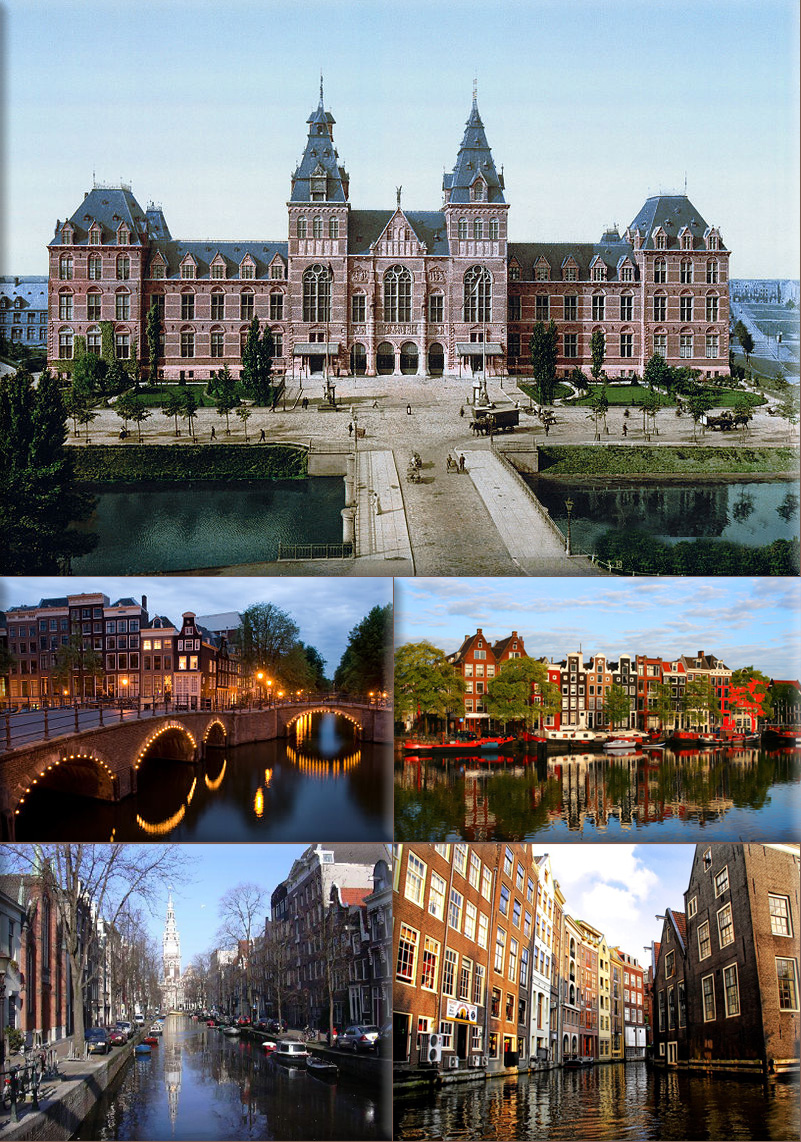
Traditional founding of the city of Amsterdam.
Wikipedia Image: Front of the Rijksmuseum, 1895; Canals of Amsterdam.
October 27th, 1524
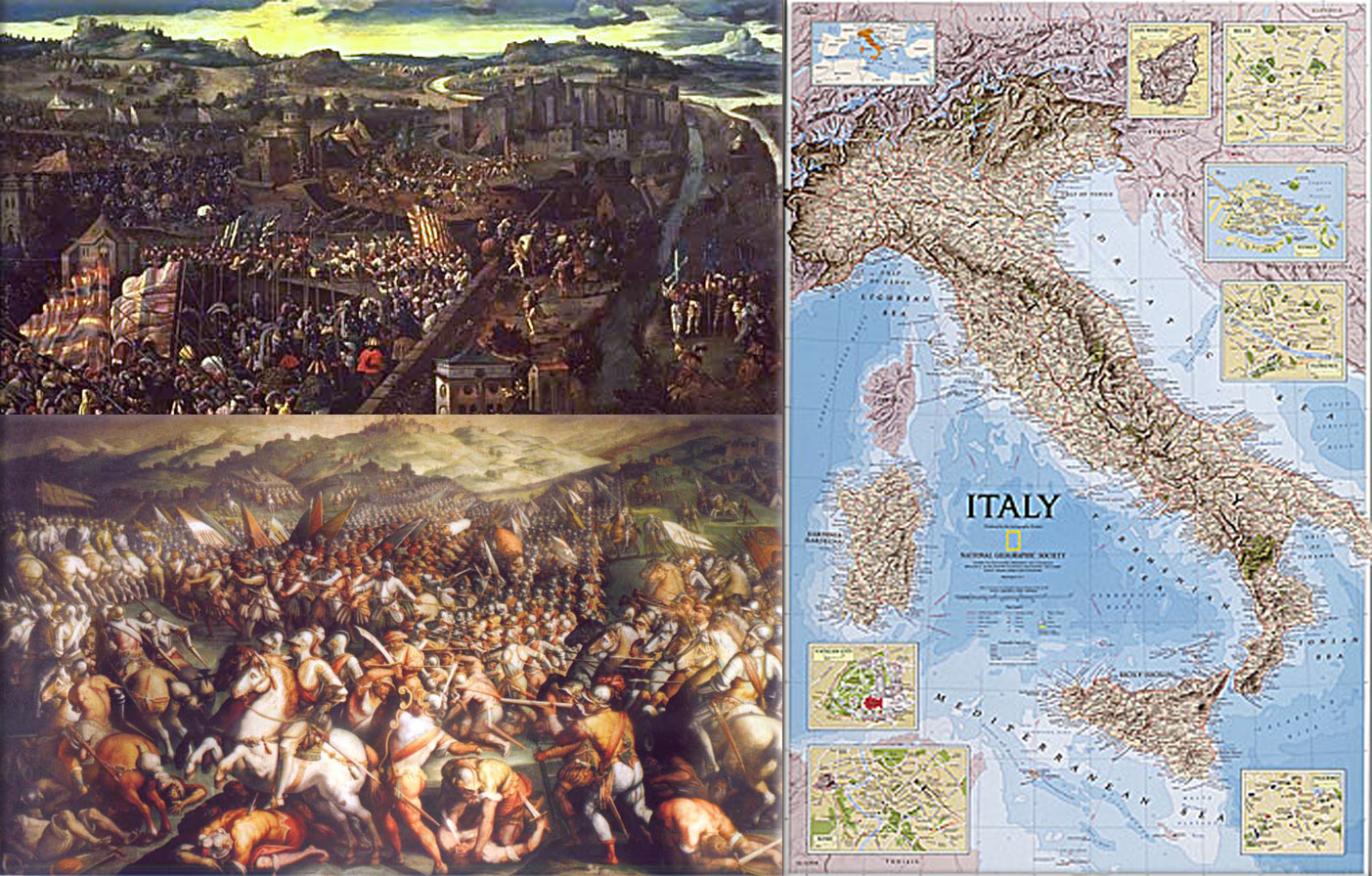
Italian Wars: French troops lay siege to Pavia.
Wikipedia Image: Italian Wars: (Great Italian Wars or The Renaissance Wars), were a series of conflicts from 1494 to 1559 that involved, at various times, most of the city-states of Italy, the Papal States, most of the major states of Western Europe (France, Spain, the Holy Roman Empire, England, and Scotland) as well as the Ottoman Empire.
October 27th, 1553

Condemned as a heretic, Michael Servetus is burned at the stake outside of Geneva.
Wikipedia Image: Michael Servetus was a Spanish theologian, physician, cartographer, and Renaissance humanist.
October 27th, 1682

Philadelphia, Pennsylvania is founded.
Wikipedia Photo: Philadelphia skyline; Benjamin Franklin National Memorial; Liberty Bell; Philadelphia’s City Hall; Philadelphia Museum of Art; Independence Hall Philadelphia.
October 27th, 1795

Spanish colonies of the Americas
1795 - Treaty of Madrid: establishes the boundaries between Spanish colonies of the Americas and the United States.
1810 - The United States annexes the former Spanish colony of West Florida.
Wikipedia Map: Florida's Spanish Colonial History Bibliography; Investigaciones Científicas (Spain) and Instituto Histórico de Marina. credit, University of Florida. / Spain claimed all of the Chattahoochee River Basin until 1745, when it has lost a war with Great Britain. credit Hargrett Rare Map Collection - University of Georgia
October 27th, 1806

Napoleonic Wars:
1806 - The French Army enters Berlin.
Wikipedia Painting: Battle of Trafalgar: The British HMS Sandwich fires to the French flagship Bucentaure (completely dismasted) in the battle of Trafalgar; Napoleon in Berlin (Meynier). After defeating Prussian forces at Jena, the French Army entered Berlin on 27 October 1806; Battle of the Bridge of Arcole Napoleon Bonaparte leading his troops over the bridge of Arcole, by Horace Vernet; Napoleon as King of Italy (Appiani); Napoleon Crossing the Alps (David). In 1800 Bonaparte took the French Army across the Alps, eventually defeating the Austrians at Marengo; Charge of the Russian Imperial Guard cavalry against French cuirassiers at the Battle of Friedland, 14 June 1807; Battle of Borodino as depicted by Louis Lejeune. The battle was the largest and bloodiest single-day action of the Napoleonic Wars; Napoleon's withdrawal from Russia, a painting by Adolph Northen; Wellington at Waterloo by Robert Alexander Hillingford; Napoleon is often represented in his green colonel uniform of the Chasseur à Cheval, with a large bicorne and a hand-in-waistcoat gesture.
October 27th, 1904

The first underground New York City Subway line opens; the system becomes the biggest in the United States, and one of the biggest in world.
Wikipedia Photo: New York City's MTA (Metro Transit Authority).
October 27th, 1914

World War I:
1914 - The British super dreadnought battleship HMS Audacious (23,400 tons), is sunk off Tory Island, north-west of Ireland, by a minefield laid by the armed German merchant-cruiser Berlin.
1916 - Battle of Segale; Negus Mikael, marching on the Ethiopian capital in support of his son Emperor Iyasus V, is defeated by Fitawrari abte Giyorgis, securing the throne for Empress Zauditu.
Wikipedia Photo: Trenches on the Western Front; a British Mark IV Tank crossing a trench; Royal Navy battleship HMS Irresistible sinking after striking a mine at the Battle of the Dardanelles; a Vickers machine gun crew with gas masks, and German Albatros D.III biplanes. National Archives and Records Administration.
October 27th, 1944
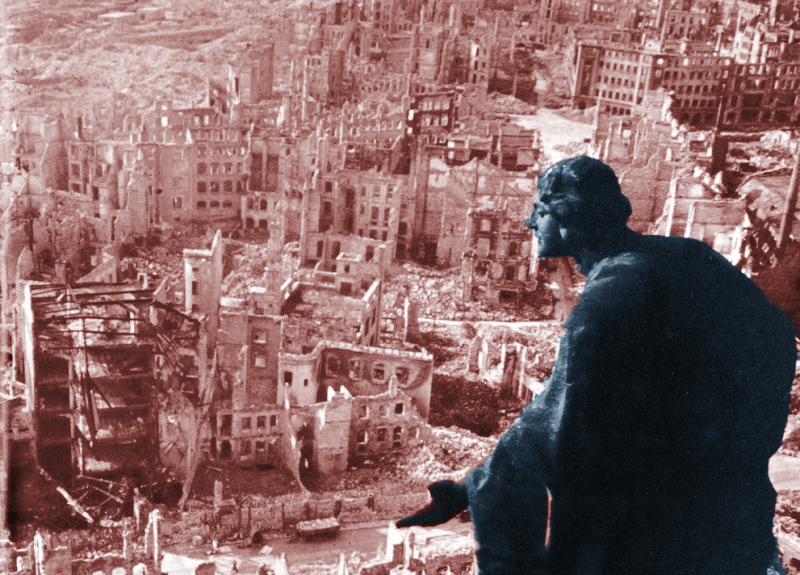

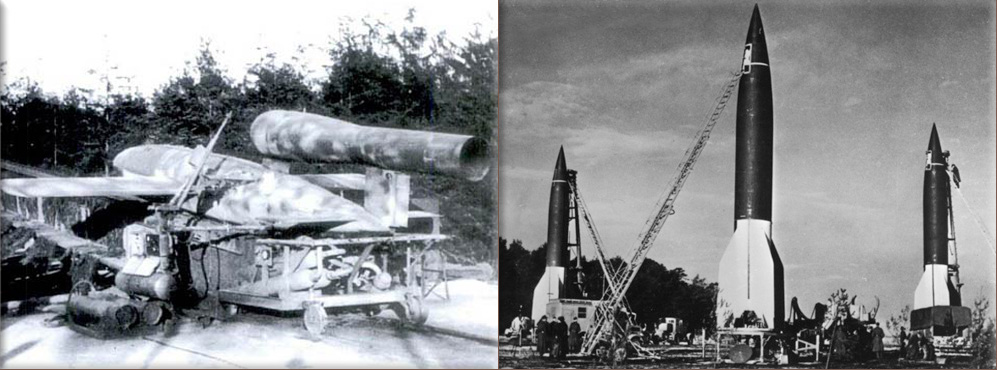
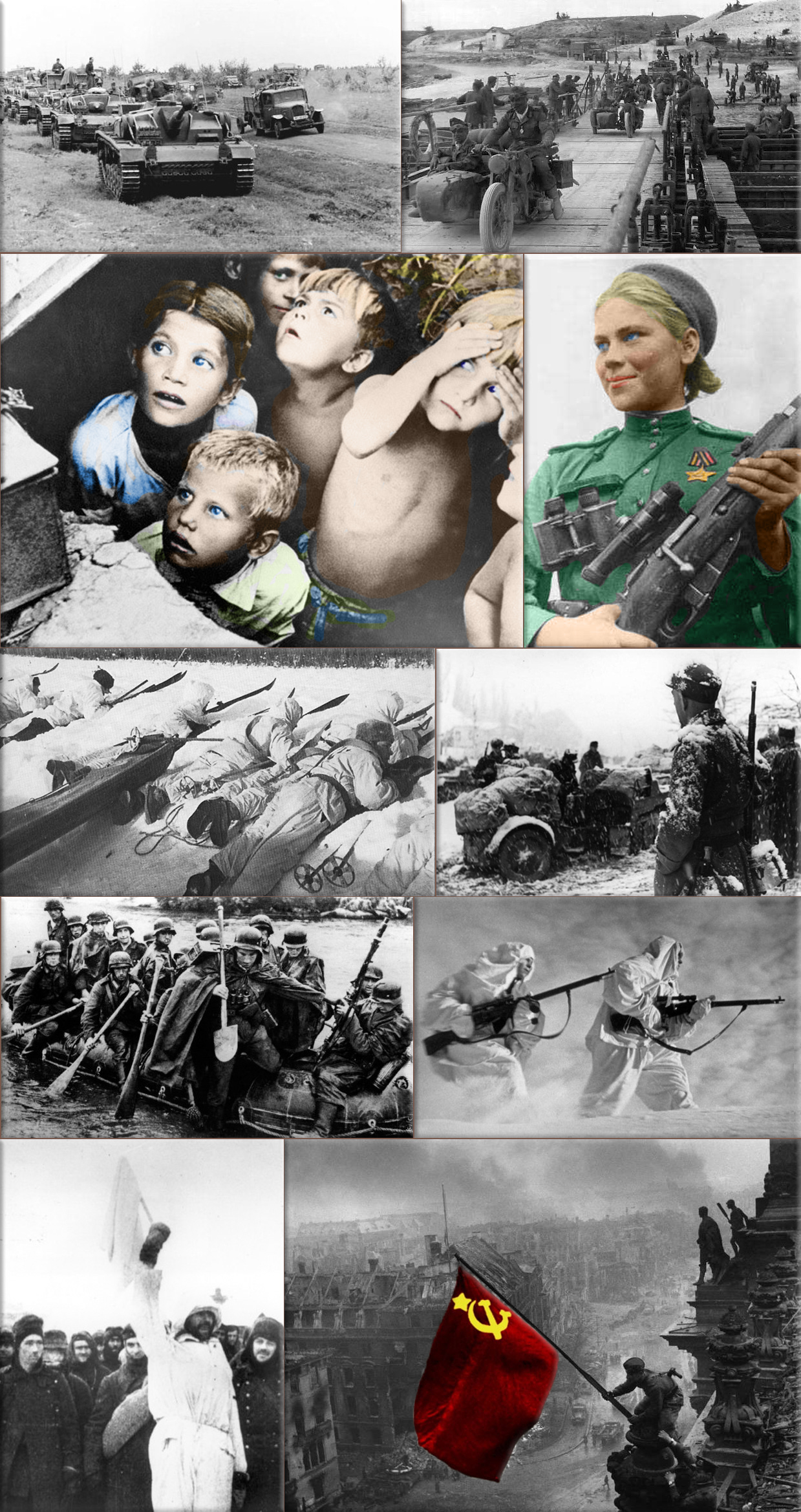
World War II:
1944 - German forces capture Banská Bystrica during Slovak National Uprising thus bringing it to an end.
Wikipedia Photo: Bombing of Dresden in World War II; August Schreitmüller's sculpture 'Goodness' surveys Dresden after a firestorm started by Allied bombers in 1945.
USS Bunker Hill was hit by kamikazes piloted by Ensign Kiyoshi Ogawa and another airman on 11 May 1945. 389 personnel were killed or missing from a crew of 2,600; Ensign Kiyoshi Ogawa, who flew his aircraft into the USS Bunker Hill during a Kamikaze mission on 11 May 1945; Kamikaze Missions - Lt Yoshinori Yamaguchi's Yokosuka D4Y3 (Type 33 Suisei) "Judy" in a suicide dive against USS Essex. The dive brakes are extended and the non-self-sealing port wing tank is trailing fuel vapor and/or smoke 25 November 1944.
German V1 flying-bomb and V2 Rockets - Preparations for a Salvo Launch of V-2 Rockets in the Heidelager near Blizna (Poland) (1944), credit German History in Documents and Images GHDI.
Eastern Front (World War II); Germans race towards Stalingrad. August 1942; Soviet children during a German air raid in the first days of the war, June 1941, by RIA Novosti archive; Soviet sniper Roza Shanina in 1944. About 400,000 Soviet women served in front-line duty units Caucasus Mountains, winter 1942/43; Finnish ski patrol: the invisible enemy of the Soviet Army with an unlimited supply of skis; Men of the German Engineers Corps cross a river which is swollen after the first autumn rains, to strengthen bridges linking the German positions on the central front in Russia. by Keystone / Getty Images. October 1942; Russian snipers fighting on the Leningrad front during a blizzard. Photo by Hulton Archive / Getty Images, 1943; German soldiers surrendering to the Russians in Stalingrad, the soldier holding the white flag of surrender is dressed in white so that there could be no doubt of his intentions, a Russian soldier is on the right of the photograph. by Keystone / Getty Images, January 1943.
October 27th, 1961
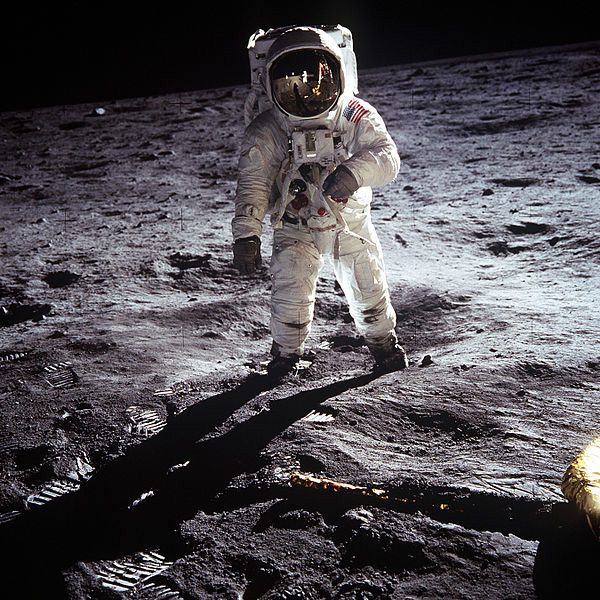

The last natural case of NASA launches the first Saturn I rocket in Mission Saturn-Apollo 1.
Wikipedia Photo: Apollo Program: Apollo 11 first manned Moon landing and the first walk on the surface on the moon. Astronaut Buzz Aldrin walks on the surface of the moon near the leg of the lunar module Eagle. Apollo 11 Commander Neil Armstrong took this photograph with a 70mm lunar surface camera. Armstrong and Aldrin explored the Sea of Tranquility for two and a half hours while crewmate Michael Collins orbited above in the command module Columbia.
The Blue Marble is a famous photograph of the Earth, taken on December 7, 1972, by the crew of the Apollo 17 spacecraft, at a distance of about 45,000 kilometres (28,000 mi).
October, 27th, 1962

Cuban Missile Crisis:
1962 - Major Rudolf Anderson of the United States Air Force becomes the only direct human casualty of the Cuban Missile Crisis when his U-2 reconnaissance airplane is shot down in Cuba by a Soviet-supplied SA-2 Guideline surface-to-air missile.
Wikipedia Photo: Cuban Missile Crisis: Fidel Castro and Nikita Khruschev; President John F. Kennedy; U-2 reconnaissance plane; U2 Image of Cuban Missile Crisis; Missile silo.
October 27th, 1964

Ronald Reagan:
1964 - delivers a speech on behalf of Republican candidate for president, Barry Goldwater. The speech launched his political career and came to be known as "A Time for Choosing".
1988 - decides to tear down the new U.S. Embassy in Moscow because of Soviet listening devices in the building structure.
Wikipedia Photo: United States President Ronald Reagan with President of the Soviet Union Mikhail Gorbachev, Reykjavik, Iceland Summit. Guardian UK.
October 27th, 1994
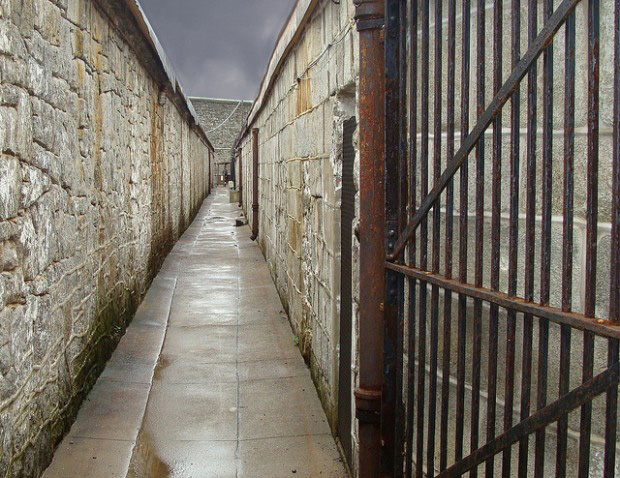
United States prison population tops 1 million for the first time in American history.
Wikipedia Photo: United States prison, credit Scott NJ.
October 27th, 1997

October 27, 1997 mini-crash:
Stock markets around the world crash because of fears of a global economic meltdown. The Dow Jones Industrial Average plummets 554.26 points to 7,161.15.
Wikipedia Photo: The New York Stock Exchange floor, credit Associated Press; and fisheye view, credit © Geoff Sills, © Eric L Bowers.
October 27th, 1999

Armenian parliament shooting: Gunmen open fire in the Armenian Parliament, killing Prime Minister Vazgen Sargsyan, Chairman Karen Demirchyan, and six others.
Wikipedia Photo: Armenian parliament shooting: Gunmen open fire in the Armenian Parliament, killing Prime Minister Vazgen Sargsyan, Chairman Karen Demirchyan, and six others.
October 27th, 2017

Catalonia declares independence from Spain.
Wikipedia Photo: Catalonia declares independence from Spain.
